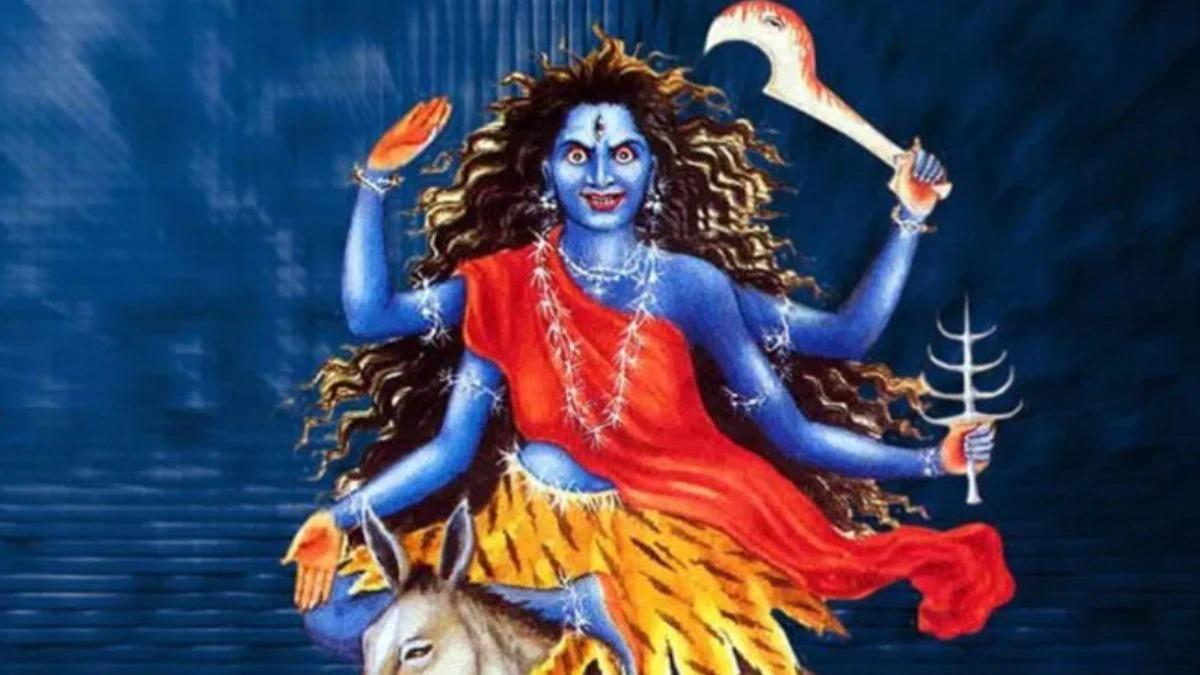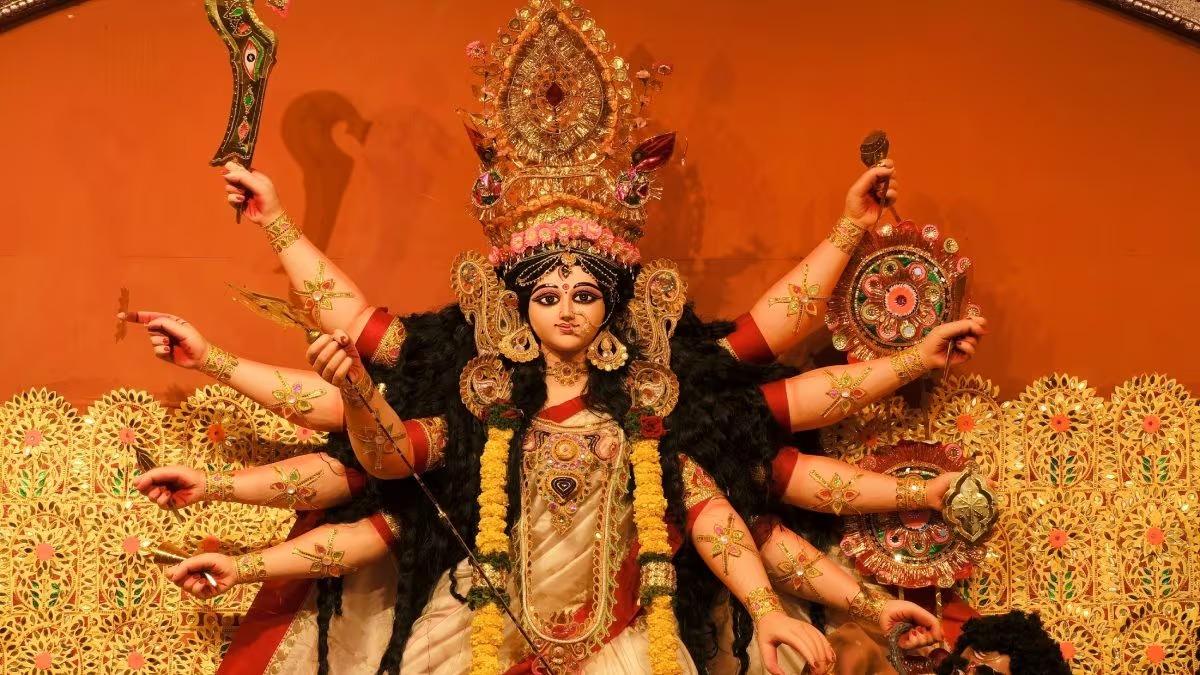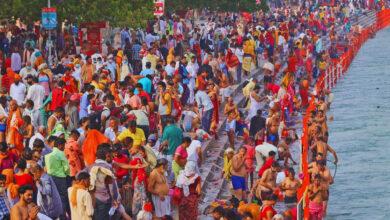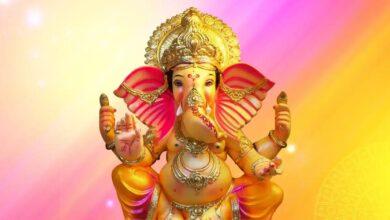Shardiya Navratri Day 7: Puja Vidhi, Significance For The Day Of Maa Kalratri..
Shardiya Navratri Day 7 Puja Vidhi, significance for the day of Maa Kalratri Navratri, a nine-day Hindu festival, celebrates Goddess Durga’s nine forms. Each day has a specific colour, symbolising various traits. Day 5 is dedicated to Maa Skandamata, symbolising maternal love and tranquility. The nine-day Sharad, or Shardiya Navratri dedicated to worshipping the nine forms of Goddess Durga, is an important Hindu festival observed across India. It is observed in the Hindu lunar month of Ashwin during Sharad Ritu, which corresponds to September to October per the Gregorian calendar.
Each day has a specific colour, symbolising various traits. Day 5 is dedicated to Maa Skandamata, symbolising maternal love and tranquility. The nine-day Sharad, or Shardiya Navratri dedicated to worshipping the nine forms of Goddess Durga, is an important Hindu festival observed across India. It is observed in the Hindu lunar month of Ashwin during Sharad Ritu, which corresponds to September to October per the Gregorian calendar.
All days of Navratri are associated with a specific colour corresponding to each day that holds symbolic meaning. Let’s look at the colours associated with the most auspicious days of Navratri.
October 9 Goddess Maa Kalaratri

Navratri Colour: Royal Blue
Royal blue is a symbol of royalty, elegance, and wealth and it is associated with day seven of Shardiya Navratri. Goddess Kalaratri, who is considered to be the destroyer of darkness and ignorance, is worshipped on this day. She embodies power and protection.
Story Maa Kaalratri-
On the 7th day of Navratri, we celebrate the 7th avatar of Goddess Durga, Kaalratri (also spelt Kalaratri). She is also known as Shubhankari. Kaalratri is the fiercest form of Devi Durga. She is the destroyer of evil. Maa Kaalratri is black as night and has three luminous eyes. She exhales fire. She has four hands, in one she holds a thunderbolt, in the other she holds a sword. Some stories say that her other two hands lay in mudras- one in ‘abhay’, symbolising her fearlessness, and the other in ‘varada’, symbolising her benevolence. Some say that she uses one hand to hold and the other to protect. After the asuras Shumbha & Nishumbha invaded devlok and destroyed Indra’s kingdom, the devas were left helpless since these two asuras had a boon that no man or god could kill them.
To save the devas from the terror, Indra visited Parvati and apprised her of the situation. Parvati sent Chandi, also known as Kaali, to deal with the demons. However, Shumbha & Nishumbha had sent two other demons called Chanda & Munda in the battlefield already. Chandi killed the demons and earned herself the name Chamunda. She then faced another demon called Rakhtabeej.
Rakhtabeej had a peculiar and powerful boon. He could never be destroyed. Whenever Rakhtabeej’s blood was shed and it came in contact with the ground, a new Rakhtabeej would emerge. This infuriated Maa Kaalratri and as she struck him, she bent low and drank his blood before it could come in contact with the ground. That was the end of Rakhtabeej. Maa Kaalratri then went on to kill Shumbha and Nishumbha, restoring peace in Devlok.
Most Searched Keywords
anant ambani watch richard mille





